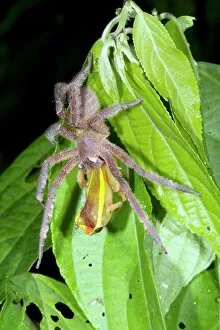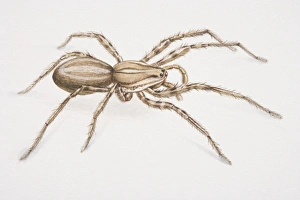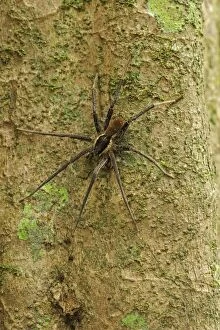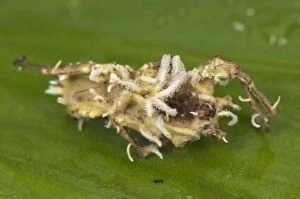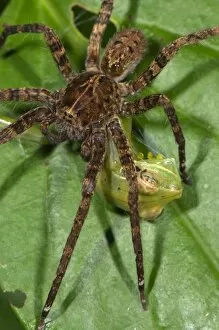Ctenidae Collection
In the depths of the lush rainforests of South America, a deadly predator lurks. Meet the Ctenidae family, commonly known as wandering spiders
All Professionally Made to Order for Quick Shipping
In the depths of the lush rainforests of South America, a deadly predator lurks. Meet the Ctenidae family, commonly known as wandering spiders. With their striking appearance and formidable hunting skills, these arachnids command attention. One captivating image captures a Brazilian Wandering Spider or Banana Spider in action. Its fangs sink into its unsuspecting prey - a frog - showcasing the spider's incredible strength and agility. This particular scene unfolds in Peru's Tambopata Nature Reserve, nestled within the Madre de Dios Region. Another snapshot showcases a side view of Phoneutria fera, another member of the Ctenidae family found in Ecuador's Tiputini rainforest within Yasuni National Park. The intricate details on its body highlight nature's artistry at its finest. As we delve deeper into this fascinating world, we encounter more wonders from this spider family. A tropical wandering spider named Cupiennius bimaculatus catches our eye with its vibrant colors against the backdrop of Tambopata Nature Reserve in Peru. The male wandering spider makes an appearance too, displaying his unique characteristics that set him apart from his female counterparts. His presence adds to our understanding of these complex creatures' behavior and biology. Not only are they skilled hunters but also survivors facing their own battles. In one photograph taken along Manu Road, Cordyceps fungi emerge from a dead parasitized Ctenidae sp. , creating an eerie yet mesmerizing sight that reminds us of nature's delicate balance between life and death. From feeding on cockroaches to capturing insects on leaves, these wandering spiders prove themselves as masters of adaptation and survival in their diverse habitats across South America. Through these glimpses into their lives captured by photographers exploring remote corners of our planet, we gain insight into the mysterious world inhabited by members of the Ctenidae family – fierce predators who play vital roles within fragile ecosystems.

